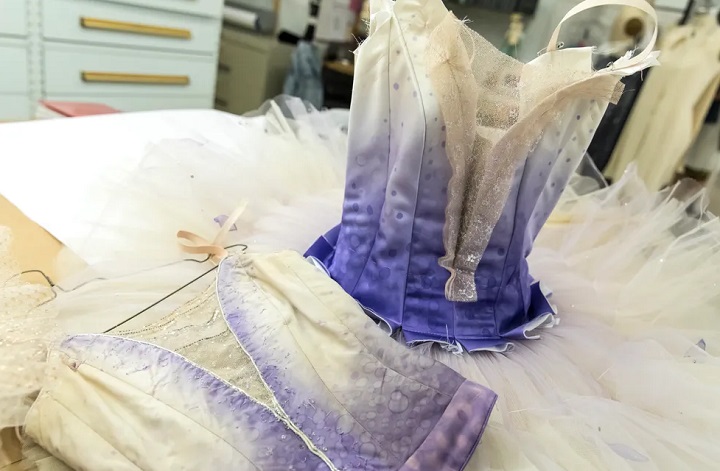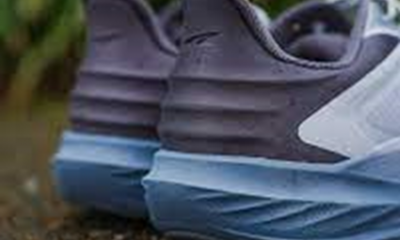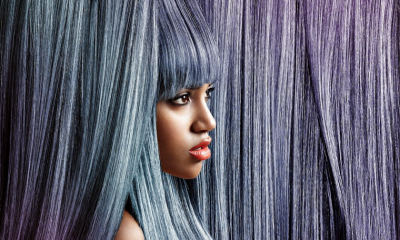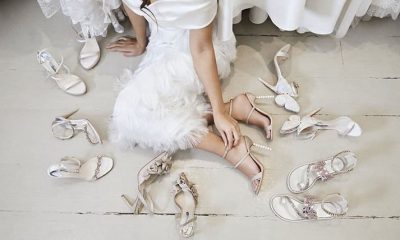Style & Fashion
The Three Most Popular Ballet Dress Fabrics and Their Benefits
Without a doubt, dance bags are one of the most essential dance accessories. Whether performing inside or outside the state, dance bags can keep your dance dresses in tip-top shape while offering extra space for some of your other necessities.
When it comes to ballet dresses, the type of fabric you choose can surely affect whether your dress will get wrinkled or not. It also plays a huge role in how comfortable you will feel while on stage. So, knowing more details regarding the most common types of fabrics can surely help you choose the right dress for the occasion/s.

Source: Dancestore.com.au
Lycra
Lycra or lycra blends is one of the most commonly used types of fabric for dress dance costumes. It has been developed in the 1950s and ever since it has been one of the most commonly used fabric for dance and sportswear. Besides being comfortable, such dance dresses are extremely stylish and stretchy, ideal for all ballet moves.
Lycra can be matte, also it may come with a little bit of sheen or it can be shiny. The matte type is usually used for every day (practice) ballet dresses, while the shiny one is usually used for the ones designed for stage performances. However, this is not a strict rule that needs to be followed, especially when talking about ballet girls dance dresses.
Another reason why this fabric is used for dresses for dancing, swimwear and sportswear is because of its flexibility – it doesn’t change or deform even after multiple uses. In fact, since it’s quite elastic, Lycra can be used with almost any synthetic and natural material in order to increase elasticity and ease of movement. When it comes to girls ballet dresses, usually the upper part is made of lycra while the bottom part is made of tulle.

Source: Dancemagazine.com
Mesh
Mesh is another popular type of fabric for adult and girl dresses for dancing. Unlike lycra which is thick, this is a sheer fabric that is also lightweight and airy. Mesh is considered one of the most versatile fabrics that can be used for both tops and dance skirts. Usually, it comes in different textures that can help you create different looks.
- Micro-Mesh – This type of mesh is a basic, lightweight and solid colour fabric that has micro size holes in the weave of the fabric. In other words, the holes are extremely small, almost unnoticeable.
- Fog Mesh – This type of mesh looks like a micro-mesh only with a foil-like surface treatment that adds more shine to its look. The main difference between these two is that fog mesh is not as stretchy as micro mesh and it can wear off faster.
- Tula Mesh – Tula mesh is micro-mesh with randomly placed hologram sequins to make it look more sparkly.
- Pop Mesh – Unlike micro-mesh, this one is textured mesh with larger holes (around 0.63cm wide). Pop mesh has a lofty texture and is quite similar to a fishnet.
- Big Hole Mesh – As the name implies, this mesh is textured and has large mesh holes around 1.27 cm wide and it is the least used one for ballet dresses.
Tricot
Tricot (pronounced tree-kow) is a solid colour fabric that can be used literally for any type of dance dress. This type of fabric is available in a slightly shiny version or with a completely matte finish. It is soft and stretchy which adds to its comfort as well. Just like lycra, tricot is a durable fabric designed for long-term use.

Source: Zastavki.com
Things to Consider When Choosing the Right Fabrics for Ballet Dresses
Usage & Longevity
Prior to making a purchase, make sure you take into account how often you plan to wear the dress. For instance, lace and mesh are quite delicate fabrics and when used often, they can develop holes in the underarms area. So, if you are looking for a dress you plan to use quite often, stick to tricot, polyester or lycra as these are thick, quality and durable materials. On the other hand, if you just need a dress for a special occasion, go for one that has mesh, lace and tulle.
Care
It goes without saying that mesh and lace are more delicate fabrics, so they require special washing care. Unlike other thicker and more durable fabrics which do not require any special care, mesh and lace need to be washed hand washed or using the delicate cycle setting in order to avoid any damage. In fact, washing them separately from any other type of garment that could destroy them is recommended.
As a proud Pisces known for the selflessness, Olivia joined up the blog fascinated by the idea she can help readers with info on topics and their related benefits like health and beauty, travel, food and drinks. When not writing, she likes to call it a day reading comic books in the company of her Tonkinese cat Chatty or binge-watching The Big Bang Theory with her SO like the nerd she is.


























